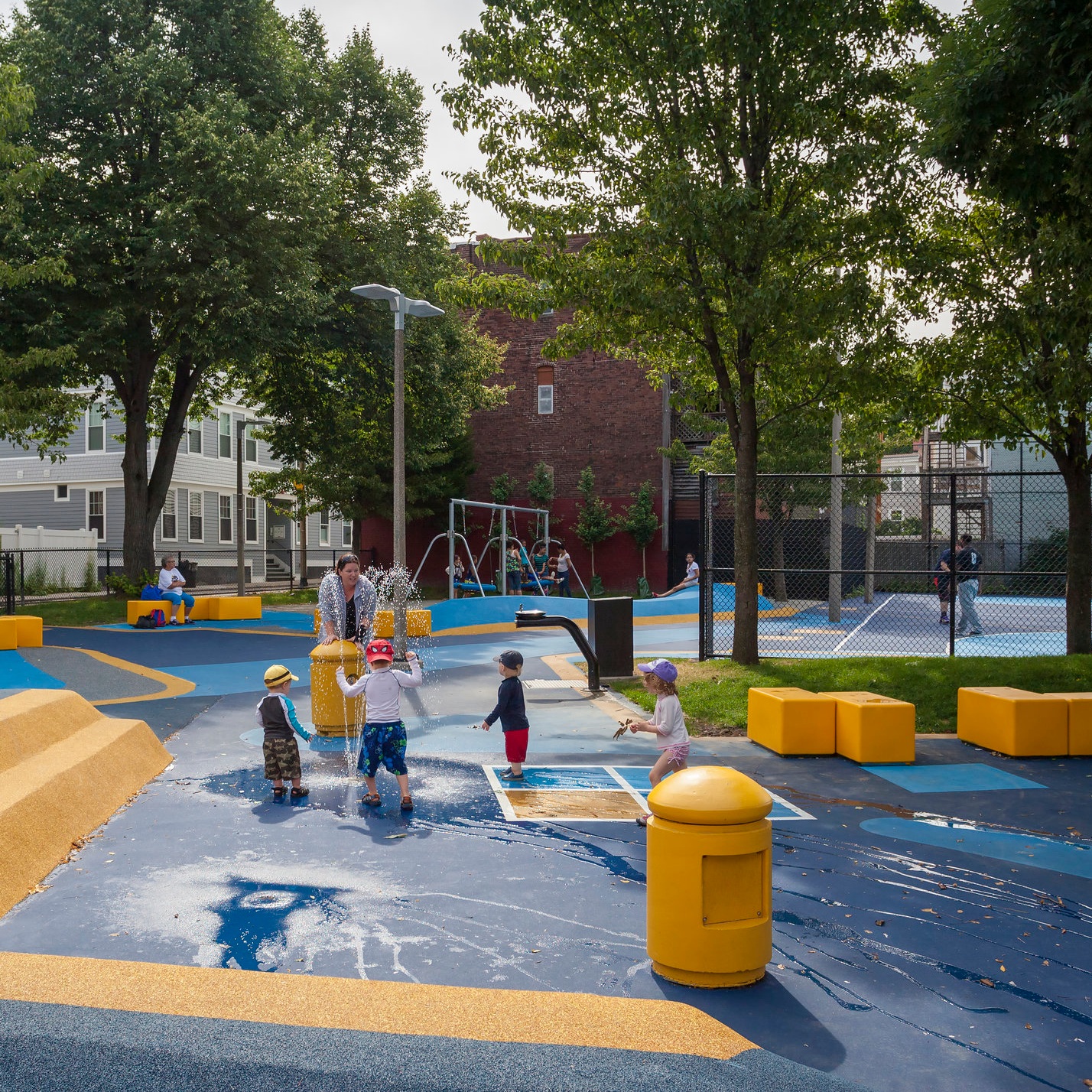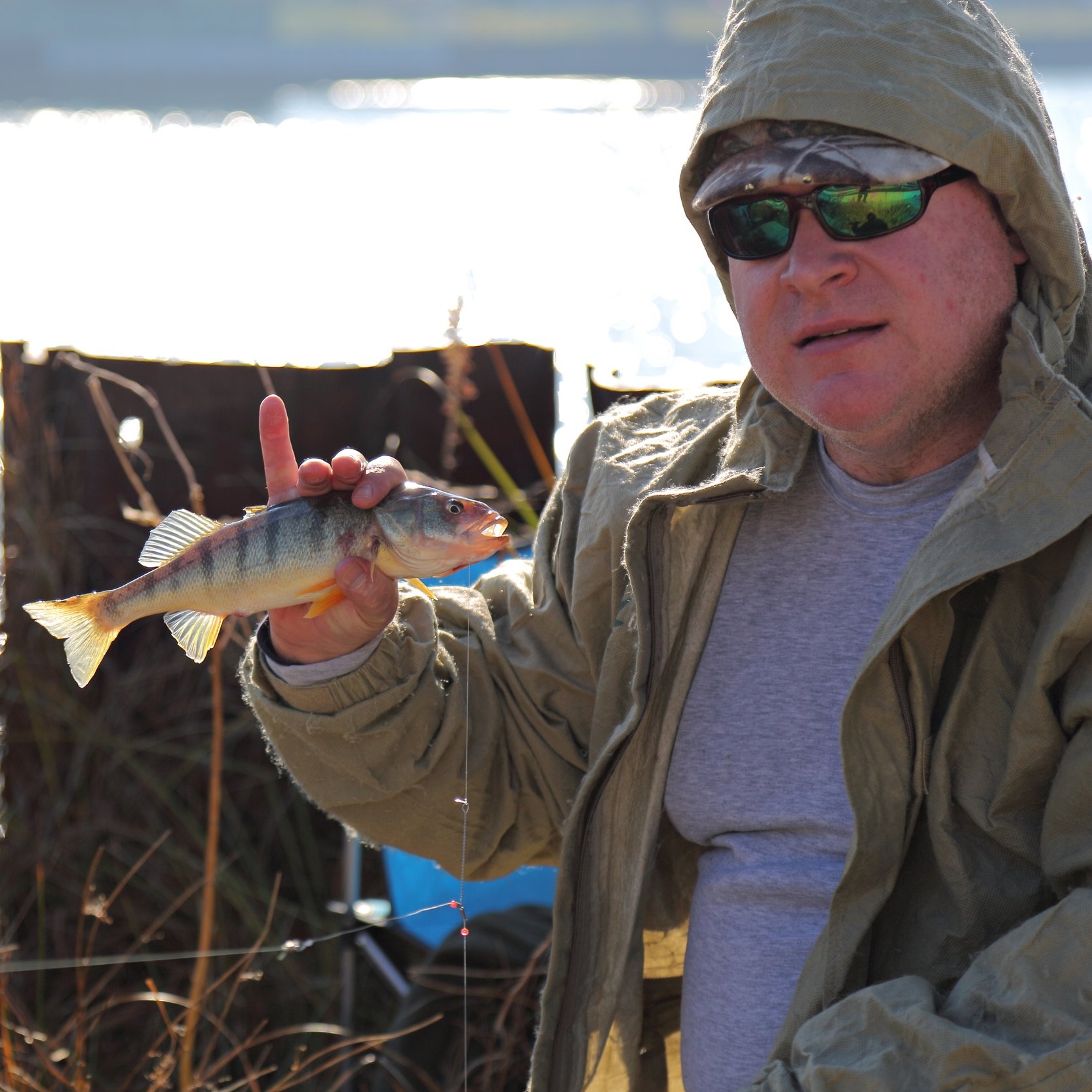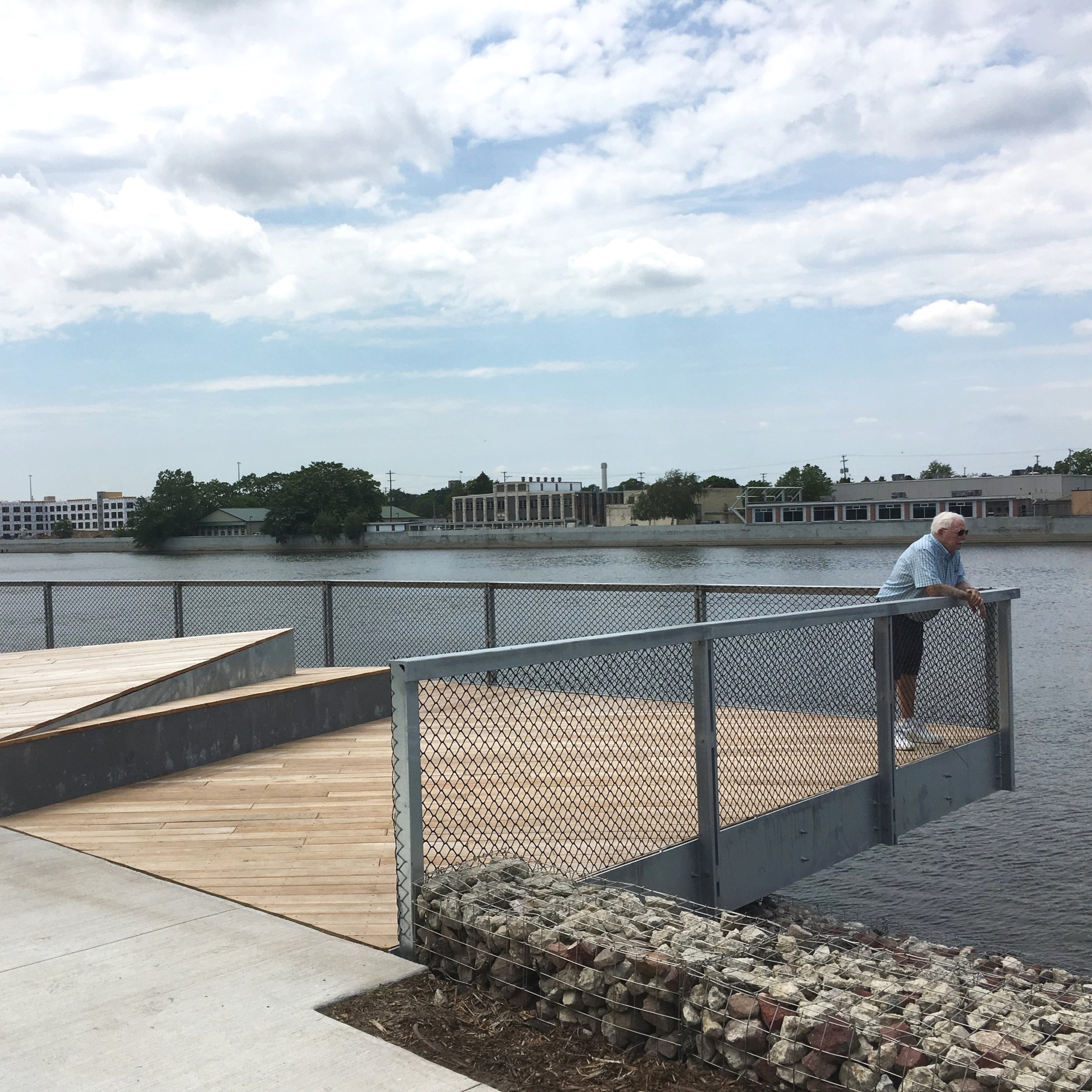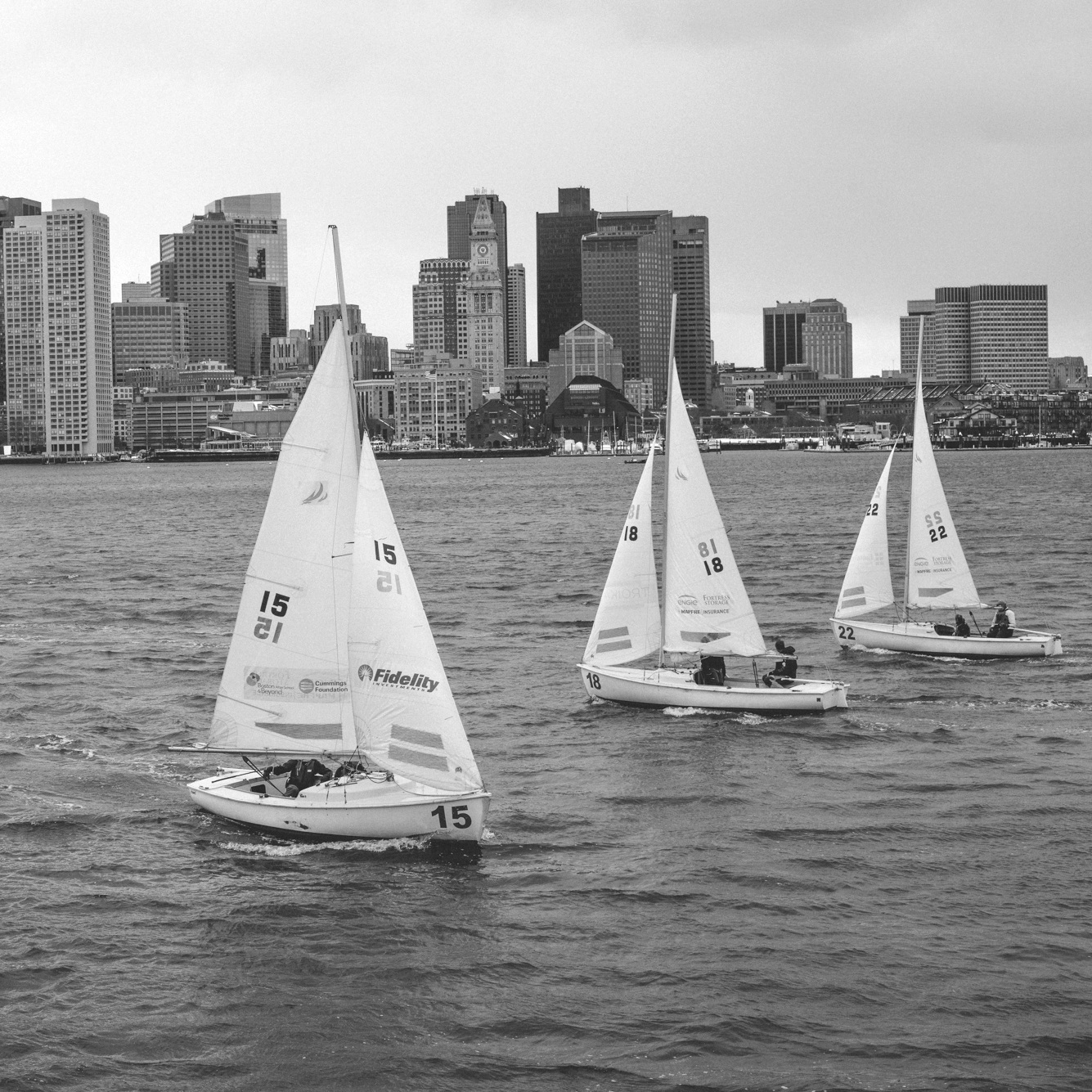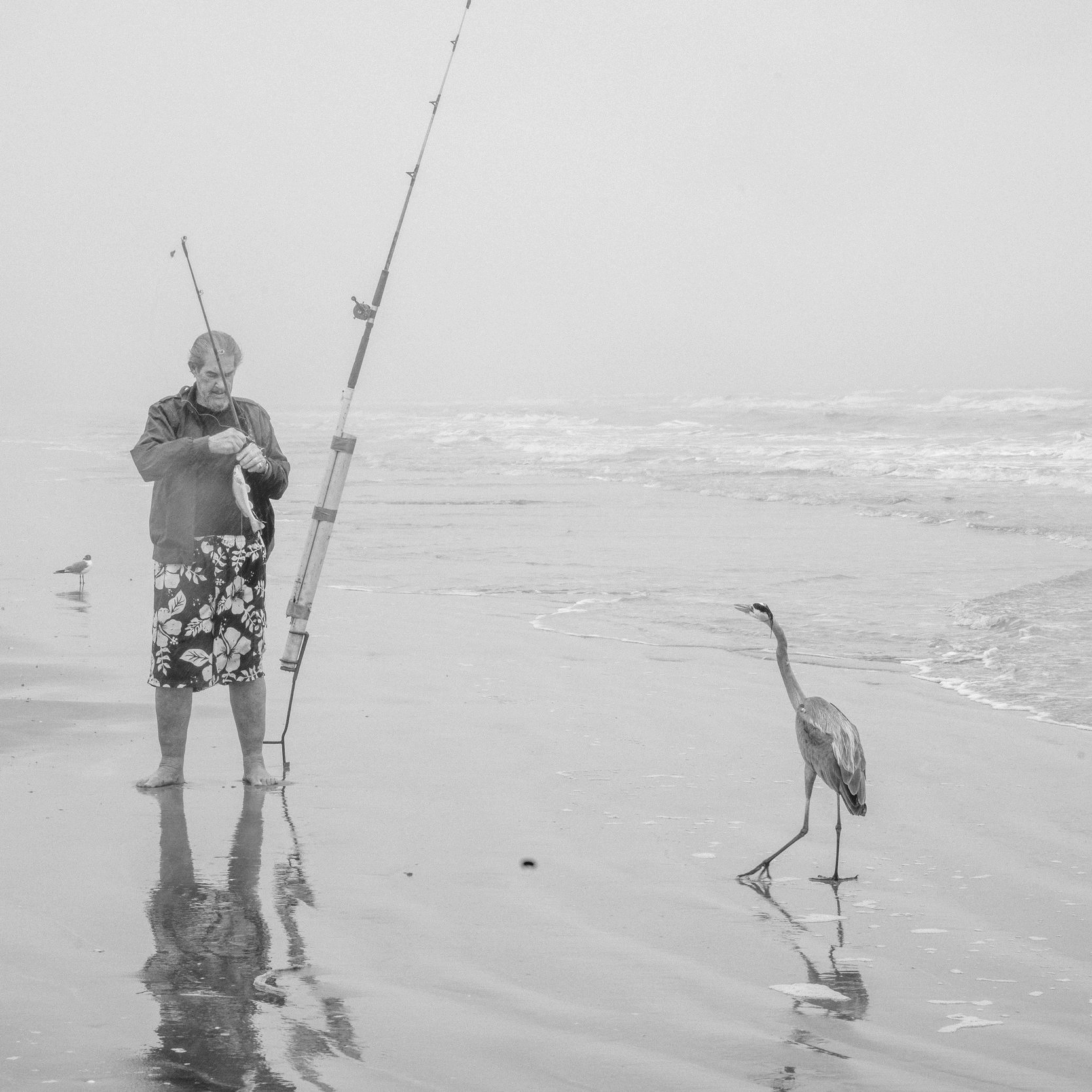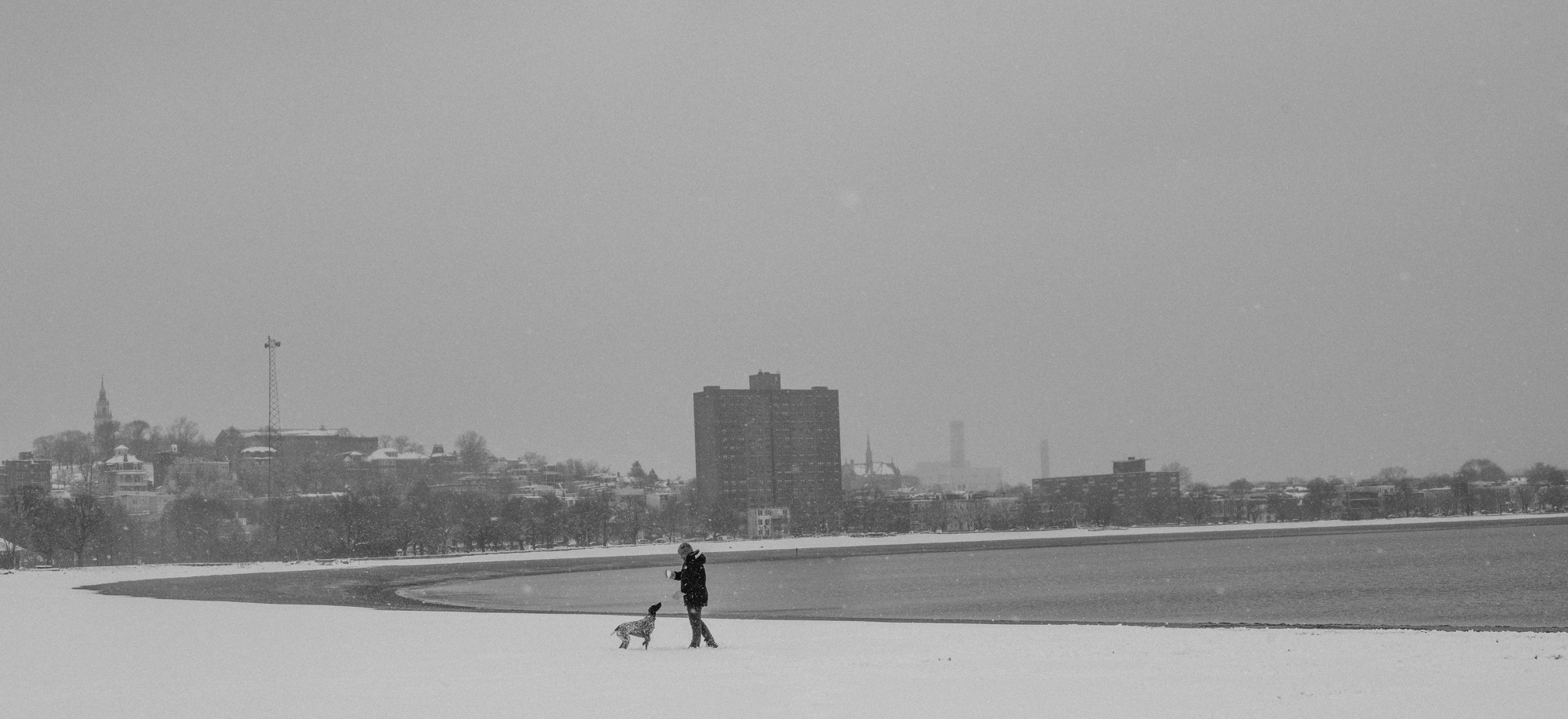As with any organization, Stoss is all about the people whose passion, focus and expertise drives the work. Meet Amy Whitesides. Amy has been an integral leader at Stoss for over 10 years, helping to shape both the firm’s portfolio and the studio’s culture. She has directed numerous award-winning projects that focus on environmental sustainability and resilience, including the Trinity River Waterfront in Dallas, Vision Galveston on Galveston Island, North Shore Promenades in Edmonton, and various Climate Ready Boston district planning studies including East Boston & Charlestown and Downtown.
In 2021, we are pleased to announce that she will build on her expertise as Director of Resiliency and Research. In this capacity, Amy will continue to build the practice’s climate related knowledge, bringing new insight and solutions to both the internal team and externally through her involvement with the Van Alen Climate Council, Stone Living Lab, ASLA, as well as teaching climate-related studios at Harvard Graduate School of Design.
Amy’s background in landscape, ecology and biology informs all aspects of her work and sparks a keen interest in the role of landscape in food production and in mitigating climate change. In addition, her life-long passion for open water swimming and surfing literally keeps her in touch with the effects of sea-level rise on the ocean and most critically along the shore. Currently, she is overseeing multiple waterfront design and redevelopment efforts in Boston, at the L Street Power Station, as well as a major renovation to Moakley Park–Boston’s most significant open space investment since Olmsted’s Emerald Necklace. She is also collaborating with our frequent partners in design, Weston & Sampson on coastal resilience engineering and design projects at Ryan Playground in Charlestown and along the waterfront in East Boston. And with Arcadis on Coastal Resiliency Planning on Nantucket Island. Amy’s work is sensitive to context and larger ecological systems while advocating for greater diversity and equity in the types of social spaces and open space experiences available in the City.
Currently serving as a Design Critic at the GSD, Amy previously taught landscape history and studio courses at Northeastern University and University of Toronto. She is a graduate of the Harvard Graduate School of Design where she obtained a Master of Landscape Architecture. As we head into the new year and Amy dives into her new role, we asked her a couple of questions.
How does your love for the water, as a swimmer and surfer, play into your focus on climate resiliency? What changes have you personally witnessed in the water or along the edge in your lifetime?
It is central to my interest in design and resilience specifically. I have seen first-hand how dramatic the experience of being at the water and physically immersing yourself into it can be in people’s lives, my own and others. I used to volunteer with an organization that took kids with various physical and mental challenges out to surf. Watching kids who lived inland get out on a surfboard and into the water for the first time ever is incredible and solidifies the need for us to keep this resource public–and be the best stewards we can be. One way we do that is to ensure that protecting ourselves from coastal storms doesn’t cut us off from the water. In Boston in particular, a lot of work has gone into making the harbor safe and turning the City’s attention to the harbor as a public resource. Planning for coastal resilience needs to build on this work, not set us back to a time in which we ignore it and worse, make it uninhabitable for us and the marine life we rely on and admire.
Living in coastal California for many years, I saw a lot of erosion and shifting beaches. The response to this has largely been development of hard infrastructure such as seawalls and fabricated cliff faces. It’s nice to hear more discussion today of nature-based solutions and opportunities for living shorelines and ongoing management tactics that allow for changing conditions that seek to improve ecological value while protecting human resources.
You have an ecology background, how have you been able to incorporate this into your resiliency planning work for both coastal and inland projects?
My background in ecology drives my interest in resiliency planning. It doesn’t come into play per se, but informs how I think about resiliency and the values I put forward as we make decisions on what to prioritize. I want the city to thrive, but I want it to do so alongside a thriving ecology, in the water and out. Planning for stormwater management, improved canopy and coastal parklands helps to promote that.
The City of Boston has been very proactive in planning for climate change and you have worked on a number of projects for them that have set the bar. Is the city shifting into implementation mode? Are you starting to see them act on the plans?
Yes! We are currently working on 3 projects that have emerged from the district scale planning and are moving into site-specific vision and design development in the coming years. Two of those were direct outcomes of our work on the East Boston and Charlestown Coastal Resilience Solutions project in 2017.
Moakley Park is not well known in Boston but plays a huge role in protecting the city from storm surge, how might your work on this project inform how other coastal cities can adapt to a changing climate?
Moakley Park is a great opportunity to showcase many innovative design principles and solutions to very difficult challenges. The Vision Plan itself is a good model for how city planning can lead to site-specific implementation and continue to coordinate with state and local entities to ensure construction aligns with adjacent efforts to complete a stretch of coastal flood protection. As we move through the design, we know that we will encounter many sub-grade challenges from varied urban soil conditions that tend toward subsidence to high groundwater and the presence of critical utilities. Stay -tuned for more as we collaborate with our engineering team to develop creative design solutions to these challenges.
You are leading research initiatives at Stoss. What issues are you exploring, what areas of the practice are you looking forward to expanding in 2021?
Right now I am focusing on two efforts, one in Boston and one in Los Angeles. In Boston I’m coordinating with researchers at UMass through the Stone Living Lab. We’re working on ways to expand their research on seawall materials into the urban environment and hope to further expand this in the future. In Los Angeles, Stoss Associate, Davi Schoen, and I are working with City Plants and Tree People on a visualization of their efforts to establish principles and planning for tree equity in LA County. This means really looking at the current conditions of the tree canopy and evaluating how and where to increase canopy while focusing on the neighborhoods and communities that have historically suffered health and excess heat conditions that result from low canopy levels.



